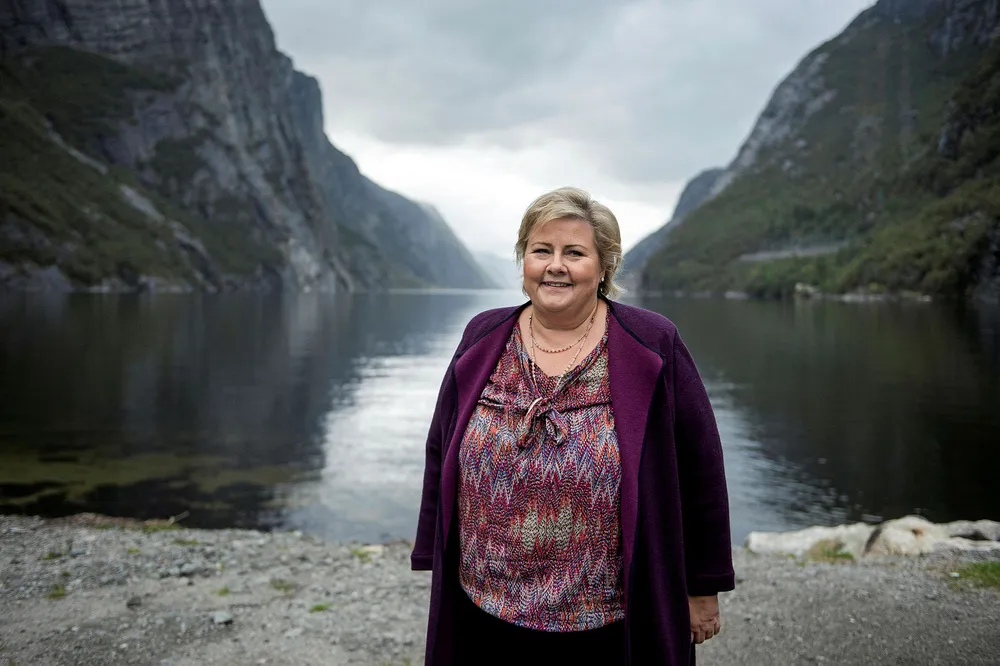Hydrogen and CCUS 'key' as Norway looks to utilise gas riches
Prime Minister Erna Solberg says carbon capture, utilisation and storage is central to 'large-scale' hydrogen production

Prime Minister Erna Solberg says carbon capture, utilisation and storage is central to 'large-scale' hydrogen production
